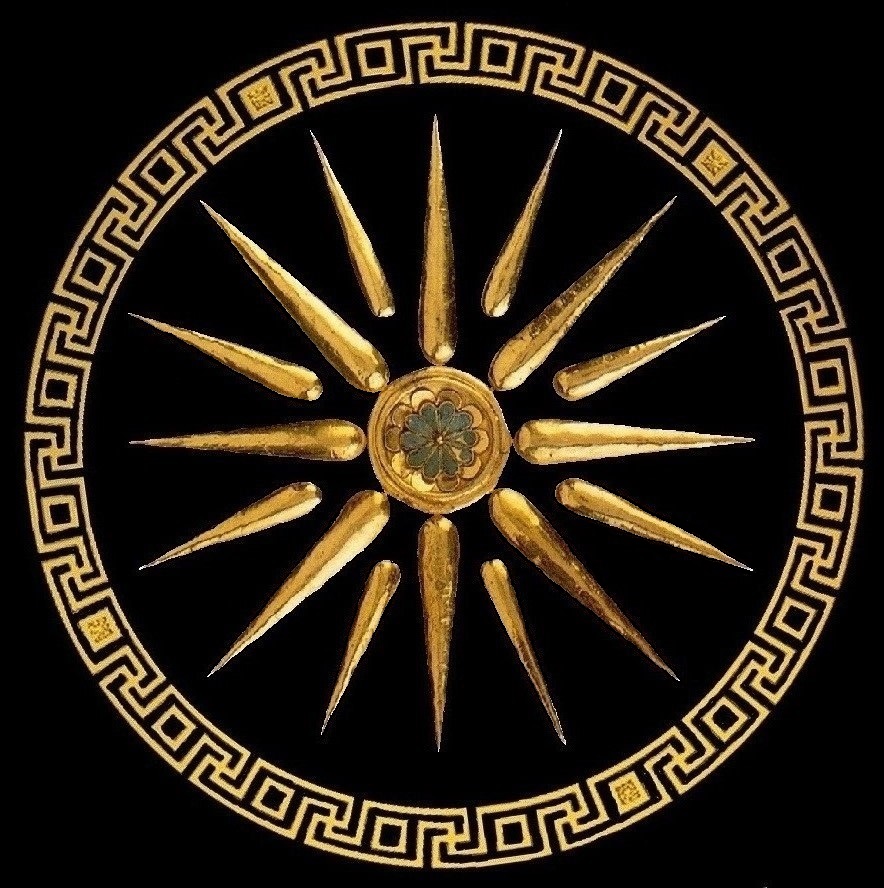|
|
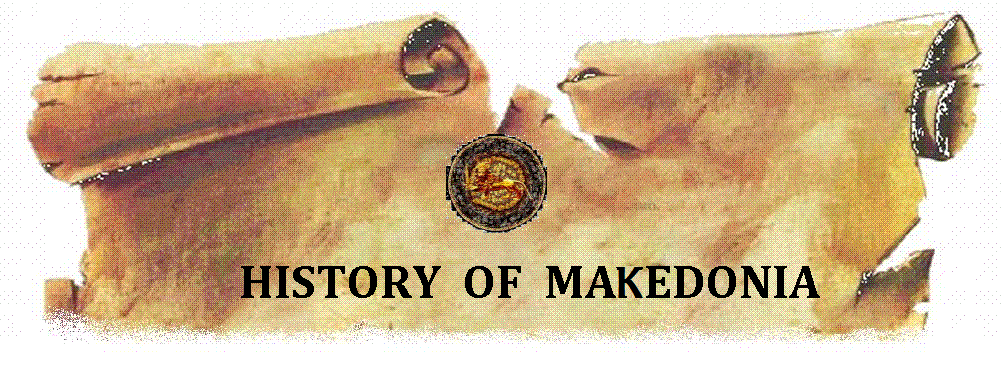
06 / Ma / 2018 Мakedonia
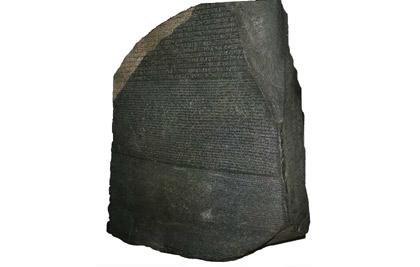 Rosetta Stone Rosetta Stone 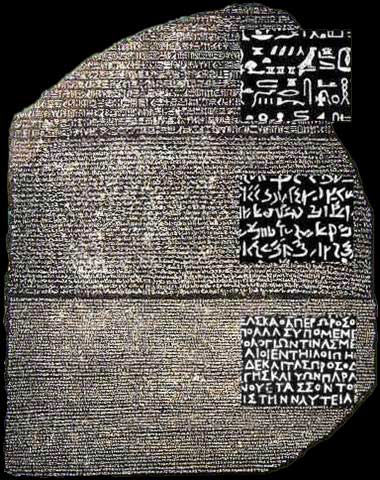
1 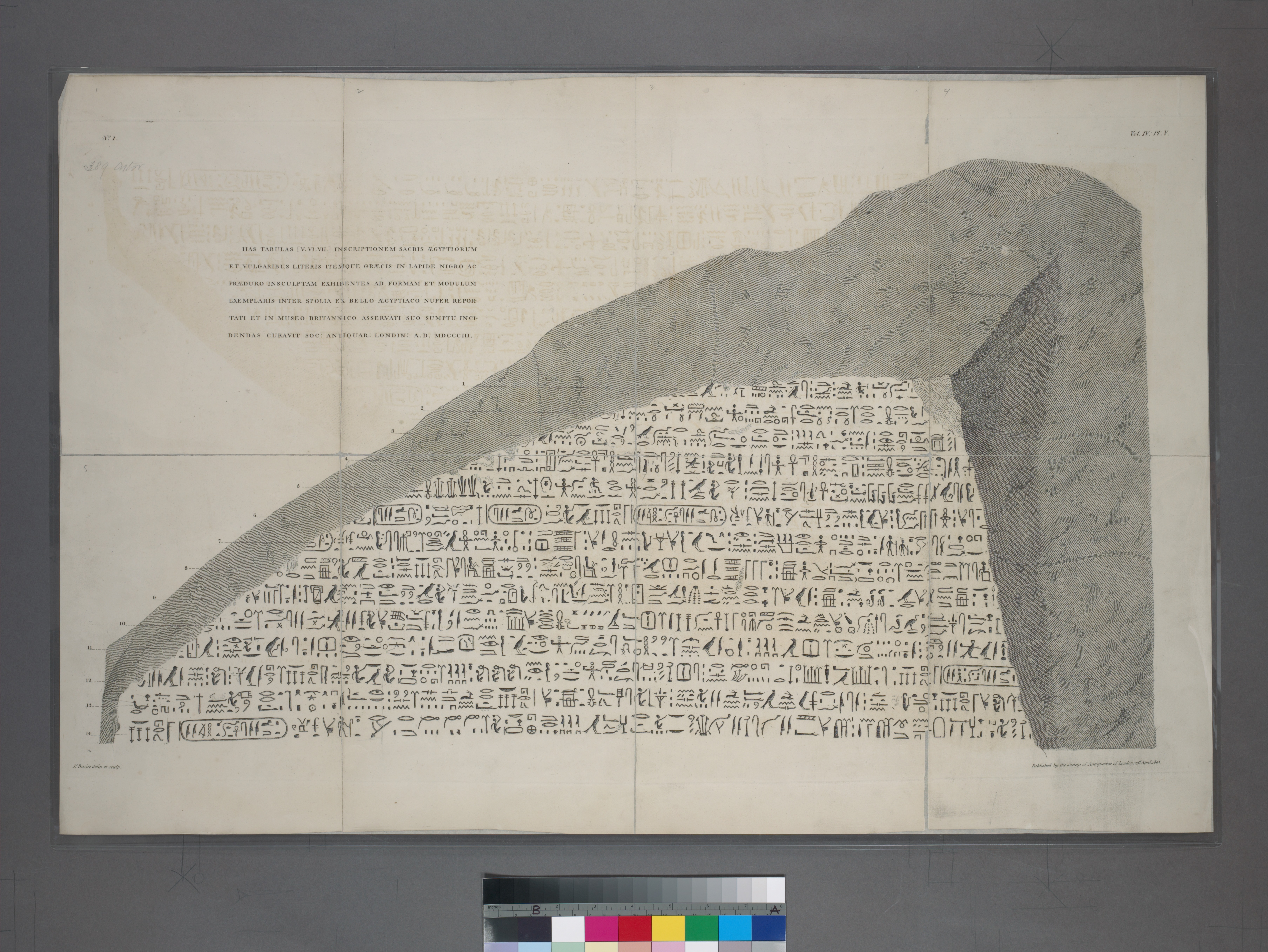 2 2  3 3 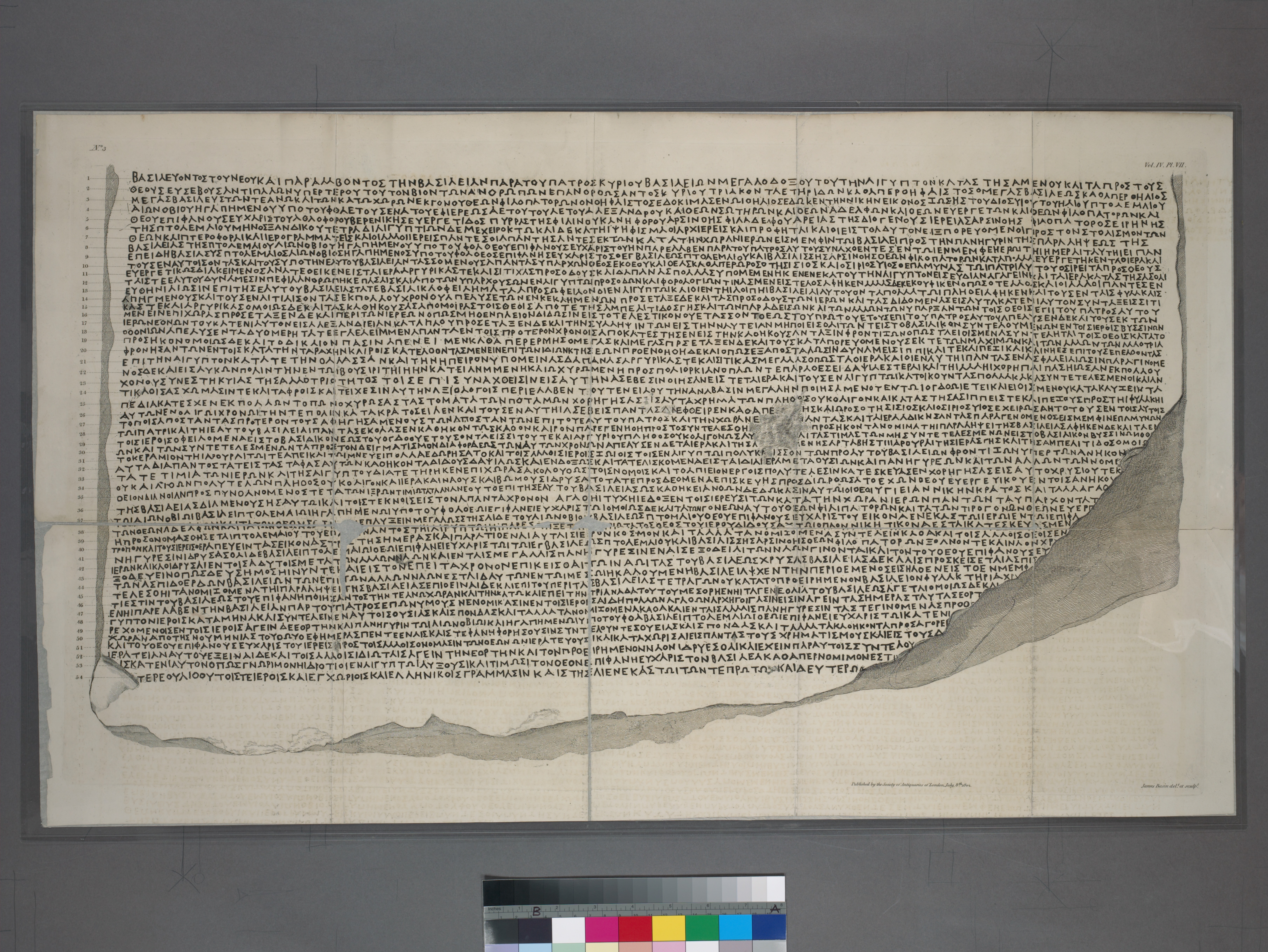
 The middle text and phonetics pronouncements of the Rosetta Stone it's in Makedonian language,
the language of the living
masters, as the Coptian (Egyptians) used to say,
to the alphabet demotic - ''crti i resi'', governments (pharaons), the dynasty Ptolemy from these epoca vs from Arakleon (Heraclea) - Bitola - Makedonia (Republic of Macedonia). The middle text and phonetics pronouncements of the Rosetta Stone it's in Makedonian language,
the language of the living
masters, as the Coptian (Egyptians) used to say,
to the alphabet demotic - ''crti i resi'', governments (pharaons), the dynasty Ptolemy from these epoca vs from Arakleon (Heraclea) - Bitola - Makedonia (Republic of Macedonia).
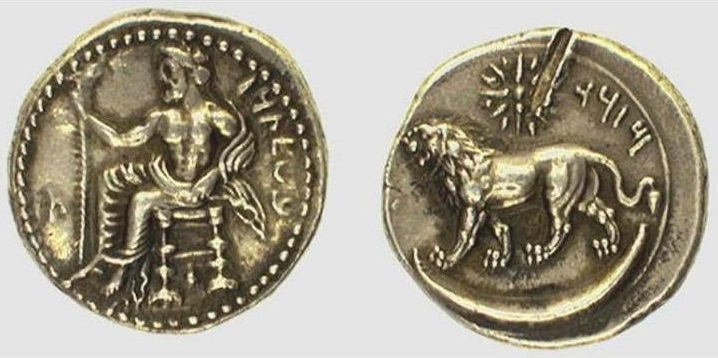 The
coin with
the alphabet ''crti i
resi''
The
coin with
the alphabet ''crti i
resi''
The midle text from the Rosetta Stone is decodificated by makedonans
linguistics ак.
Boshevski and prof. Tentov, who prove that the ancient makedonians and odiern modern makedonian lenguege it's the seme.
Book navigation
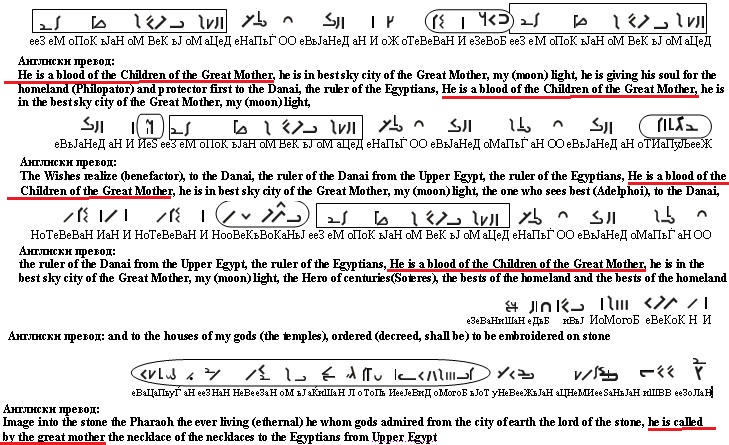
The name of the
Makedonians: ''The Childrens of the
Great Mother'' - written in the Rosetta Stone.
The writing on the stone it refers
that ''he (the pharaoh) is a blood
of The Children (Makedon) of the
Great Mother''.
In the 22nd line of the middle text
written in the Rosetta Stone and:
1. From this section of the text, we conclude that
''the Danai's'', Ptolemaioy (the
pharaoh), settled them,.. ''hi
is giving his soil for the homeland
and protector first to
''the Danai'',..
who come from Adzena (Danai's), The Peninsula Adzenika (Attica) and some islands,
and they vs hired like mercenaries to aid against the Sleykoy (the Seleucid)
threat.
And third inscription confirm this:
 
On the 54nd line from third inscription, we find the words: ''HORIO IS KAI ELA A NIKO IS GRAMMA SIN'' - VILLAGE IS FROM COME FOR VICTORY IS LETTER OF SIGN.
 Vasileos (king) Ptolomaoy 5
That one who gods adore, is name
corect, not corect - ''Ptolemy 5 Epiphanes ("manifest"), the fifth king of Egypt Ptolemaic Period began life precariously. His father, Vasileos (king) Ptolomaoy 5
That one who gods adore, is name
corect, not corect - ''Ptolemy 5 Epiphanes ("manifest"), the fifth king of Egypt Ptolemaic Period began life precariously. His father,
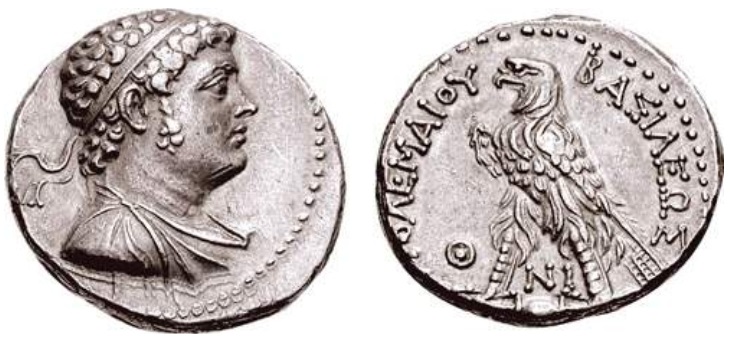  - PTOLEMAIOY - PTOL E MA I OY, coinage of Ptolemaioy, here we notice a change of the letter : - PTOLEMAIOY - PTOL E MA I OY, coinage of Ptolemaioy, here we notice a change of the letter :  - ''П'' - P, so Ptolemaio's began to make small changes to the alphabet, for that name is explained in our page about the Rosetta Stone. - ''П'' - P, so Ptolemaio's began to make small changes to the alphabet, for that name is explained in our page about the Rosetta Stone.
 - PTOLEMAIOY - PTOL E MA I OY - PTOLEMAIOY - PTOL E MA I OY
- PTOL - ''stone '', a city built of stone, in this case '' heavenly '' because it has the name of Ma
- Е - for
- МА - The Goddess Mother - Ma ke don i a
- I - and
- ОY - oy
 - The heavenly city for Ma, built of stone. - The heavenly city for Ma, built of stone.
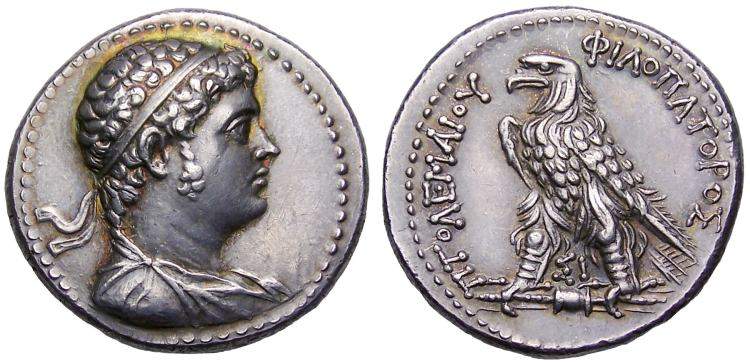 Ptolemy 4-th Philopator, Ptolemy 4-th Philopator,  - FILOPATOROS - is a set of Makedonian words: F ILO PA TOR OS - Follower of the path of the patron saint - ARON, ''S'' is an addition. A follower of his great-grandfather's ideas. - FILOPATOROS - is a set of Makedonian words: F ILO PA TOR OS - Follower of the path of the patron saint - ARON, ''S'' is an addition. A follower of his great-grandfather's ideas.
FILOPATOROS - is a set of Makedonian words (various dignities): FI LO PA TOR OS - so:
Follower of the Path of Patron ''OS'' is an addition, so:
- F (F ancient deity) - the strongest,
- ILO ( ILL ancient deity) - the brightest,
- PA (PY ancient deity) - the most learned and
- TOR (AR ancient deity) - the holiest.
Was a weak king who died at the relatively young age of 41, after a dissolute life shrouded by controlling advisors. After his mother,
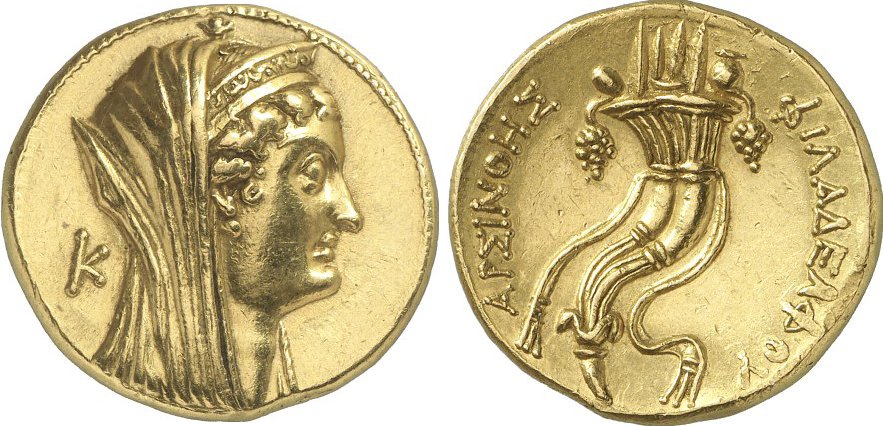 Vasilitsas ARSINOAS (Daughter of the creator of earth life - Aron - see Makedonian dignities) FILA DE LF OY (follower of the good D(E) ON- the creator and the lion), Vasilitsas Arsinoas's death at the hands of his father's advisers, Sosibius and Agathocles, these same people took custody of the child, who was then only five years old.
Vasilitsas ARSINOAS (Daughter of the creator of earth life - Aron - see Makedonian dignities) FILA DE LF OY (follower of the good D(E) ON- the creator and the lion), Vasilitsas Arsinoas's death at the hands of his father's advisers, Sosibius and Agathocles, these same people took custody of the child, who was then only five years old.
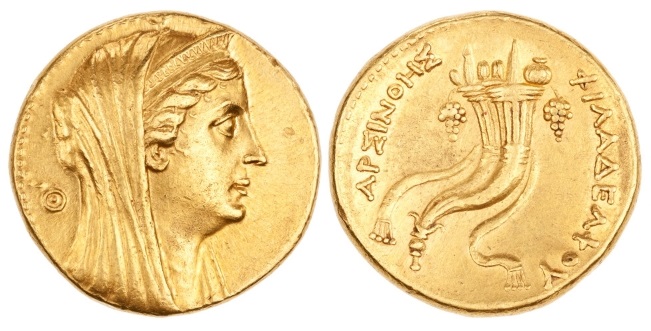  - АRSINОАS FILADELFOY (PH=F) - АR SINOA S FILА DЕ LF ОY, we came to a very important discovery, and that is that both nouns are 100% of Makedonian origin. - АRSINОАS FILADELFOY (PH=F) - АR SINOA S FILА DЕ LF ОY, we came to a very important discovery, and that is that both nouns are 100% of Makedonian origin.
- АRSINОАS - АR SINОА S - daughter (son - SINОА) on the earth (АR), ''S'' is an addition,
- FILADELFOY FILA DE LF OY - follower (FILA) to (DE - D, is the name of the '' creator on the earth'', Ма and Don our ancient creators) the lion (LF).
 - АRSINОАS FILA DELFOY - АR SINОА S FILA DE LF OY - The daughter of the earth (Aaron), a follower of D - the "creator'', the lion (the lion is the vasileos Makedonon Alexandroy or Araklae). - АRSINОАS FILA DELFOY - АR SINОА S FILA DE LF OY - The daughter of the earth (Aaron), a follower of D - the "creator'', the lion (the lion is the vasileos Makedonon Alexandroy or Araklae).
However, when the Alexandria mob found out about the murder of his mother, they lynched Agathocles (Sosibius disappears from the record at about the time of his accession tot he throne) in about October of 203 BC, leaving him to be raised by one ambitious adviser after another. This caused near anarchy, particularly in Upper Egypt. In fact, what Ptolemy 5-th inherited from his father was considerable trouble.
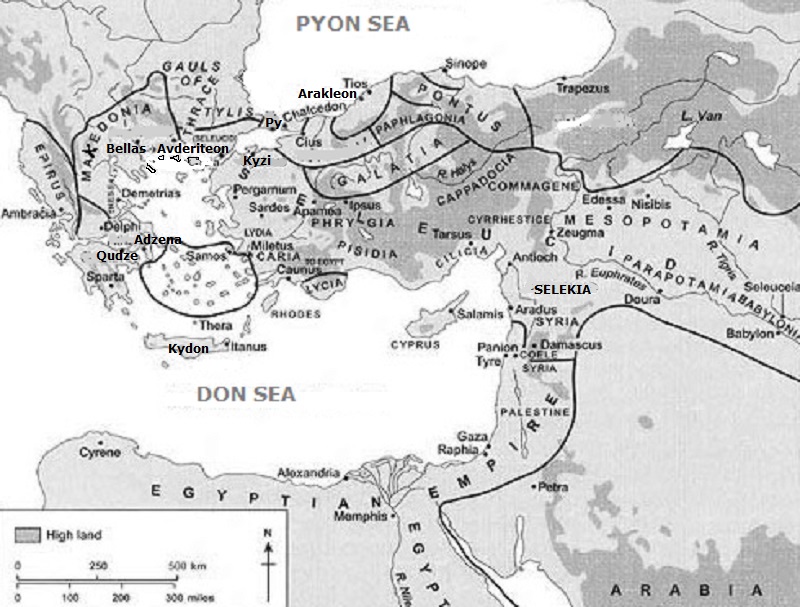
Egypt and the Mediterranean World before the reign of Ptolemy 5
Also, Ptolemaic possessions and navel bases around the Mediterranean were shrinking as other rulers took advantage of Egypt's internal weaknesses. Antiochoy 3 almost certainly eyed the scene with uncommon interest, and in fact, frantic embassies were sent off in all directions by Egypt. They urged Antiohoy (Antiochus) to respect the peace of 217 BC, and in Rome they sought diplomatic representations to Antiohoy (Antiochus). In Adzena (Danai's), The Peninsula Adzenika, they hired mercenaries to aid against the Seleucid threat.
And third inscription confirm this:
 
On the 54nd line from third inscription, we find the words: ''HORIO IS KAI ELA A NIKO IS GRAMMA SIN'' - VILLAGE IS FROM COME FOR VICTORY IS LETTER OF SIGN.
Rome, which was becoming a world power at this point, did issue warnings to various powers about invading Egypt, including the Seleucid ruler, Antiochus, which he accommodated because at that point he was not much interested in Egypt itself, but rather to subjugate Coele-Syria and also to raid Egypt's coastal strongholds from Caria to Cilicia. In fact, Philip 5 of Makedonia and Antiochus made a secret pact to conquer, and share Ptolemy's overseas possessions between them.
Philip seized several islands and places in Caria and Thrace. Antiochus swept down through Coele-Syria in what is known as the Fifth Syrian War (202-195) and, after some temporary reversals, particularly at Gaza, inflicted a crushing defeat on the Ptolemaic forces at Panion in 200 BC, near the headwaters of the river Jordan. He took the Palestinian holdings of the Egyptians, including the key port of Sidon.
Hence, the heir to the throne had little time to grow into a proper man. For almost his entire reign, Upper Egypt achieved total independence under a series of native pharaohs, which also had the effect of depriving the king of a substantial proportion of his revenues, besides necessitating an increased army of mercenaries to fend off the rebels. In an attempt to settle the civil problems, it was decided to crown the young prince as he turned twelve, at the old capital of Memphis in about 197 BC. This was the first time that a Ptolemy had been crowned in Memphis to our knowledge, but it did begin a tradition that would continue from then on.
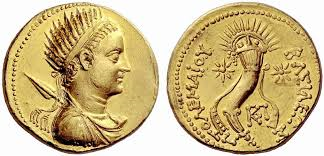 He took the Egyptian name, Iwaennetjerwy-merwyitu Setepptah Userkare Sekhem-ankhamun, the same as his father, which means "Heir of the [two] Beneficent Gods, Chosen of Ptah, Powerful is the Soul of Ra, Living Image of Amun" Much of this is recorded in the decree of the priests of Memphis in 196 BC, and inscribed in three scripts (hieroglyphs Egyptian, demotic Makedonian and Danai's) on the famous Rosetta Stone found in 1799. He took the Egyptian name, Iwaennetjerwy-merwyitu Setepptah Userkare Sekhem-ankhamun, the same as his father, which means "Heir of the [two] Beneficent Gods, Chosen of Ptah, Powerful is the Soul of Ra, Living Image of Amun" Much of this is recorded in the decree of the priests of Memphis in 196 BC, and inscribed in three scripts (hieroglyphs Egyptian, demotic Makedonian and Danai's) on the famous Rosetta Stone found in 1799.
An uneasy peace with the Seleucid ruler followed when, in 192 BC, Ptolemy 5 married the daughter of Antiochus the Great. Her name was Cleopatra 1, and she produced two sons and a daughter for the king. The sons became Ptolemy 6 and perhaps Potlemy 8, and the daughter was presumably Cleopatra 2. Additionally, there seems to have been marriage negotiations for him between the Egyptian and Macedonian courts on his accession, though the identity of the Makedonian princess involved is unknown.
It is really difficult to assess what sort of man Ptolemy 5 Epiphanes became. He seems to have spent most of his reign putting out fires of one sort or another. There seems to be some indications that he worked hard to portray himself as a traditional Egyptian king. At Sehel island near Elephantine at Aswan, he had inscribed on a rock face, 2000 years after Djoser's death, a text which describes the action taken by Djoser to deal with a famine during his reign. It reads:
"My heart was in sore distress, for the Nile had not risen for seven years. The grain was not abundant, the seeds were dried up, everything that one had to eat was in pathetic quantities, each person was denied his harvest. Nobody could walk any more: children were in tears; the young people were struck down; the old people's hearts were sad and their legs were bent when they sat on the ground, and their hands were hidden away. Even the courtiers were going without, the temples were closed and the sanctuaries were covered in dust. In short, everything in existence was afflicted."
In this text, Djoser looks back into the archives, attempting to find the origins of the Nile flood and to understand the role of Khnum, the ram-god of Elephantine, in the rising of the waters. He then makes an offering to Khnum, and the god appears to him in a dream, promising:
"I will cause the Nile to rise up for you. There will be no more years when the inundation fails to cover any area of land. The flowers will sprout up, their stems bending with the weight of the pollen."
It is believed that Ptolemy 5 was no doubt actually referring to himself in the guise of Djoser, as he coped with the combined effects of famine and the revolt of the successors of the Meroitic king Ergamenes in southern Egypt. It is likely that the Nubians from Meroe participated in the Upper Egyptian revolt during his reign. Nevertheless, he apparently used considerable cruelty in suppressing the native rebellion ,and some accounts represent him as a personal tyrant.
Otherwise, it is said that he was a remarkably passionate sportsman who excelled in athletic exercises. Very little is known about his building activities in Egypt.
The elder of his sons by Cleopatra (1) would become Ptolemy 6 Philometor. In fact, that happened all too soon as Ptolemy 5 Epiphanes died, some say by poisoning, at the age of twenty-eight in about 181 BC. Prior to his death Ptolemy V had managed to put down the revolt and take back southern Egypt from Ankhwennefer in about 191 BC and squash the last of the insurgencies in the Delta, which left a weaker but stable regime in Egypt with Cleopatra 1 acting as the regent fro young Ptolemy 6 Philometor.
Ptolemy 5 was presumably buried in Alexandria, though his tomb, like all the other Ptolemies, has never been discovered.
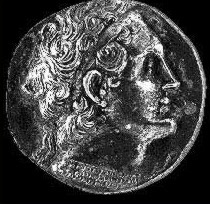 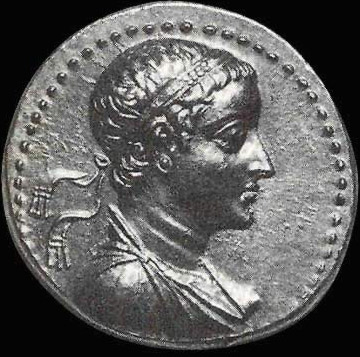 
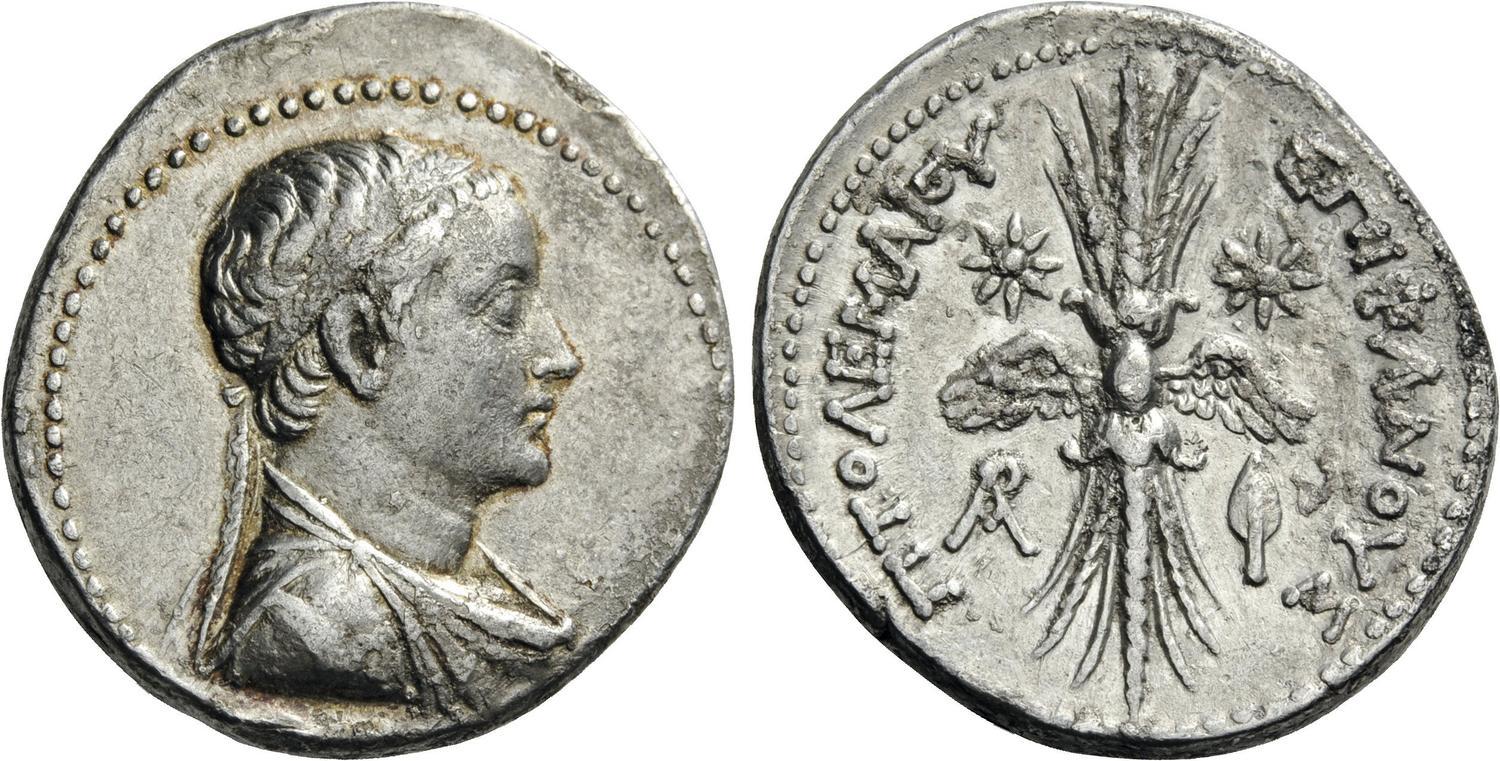 
Resources:
Title |
Author |
Date |
Publisher |
Reference
Number |
Alexandria, City of
the Western Mind |
Vrettos, Theodore |
2001 |
Free Press, The |
ISBN 0-7432-0569-3 |
Alexander to Actium
(The Historical
Evolution of the
Hellenistic Age) |
Green, Peter |
1990 |
University of
California Press |
ISBN 0-520-05611-6 |
Chronicle of the
Pharaohs (The
Reign-By-Reign Record of
the Rulers and Dynasties
of Ancient Egypt) |
Clayton, Peter A. |
1994 |
Thames and Hudson Ltd |
ISBN 0-500-05074-0 |
Egypt after the
Pharaohs (332BC-AD642) |
Bowman, Alan K. |
1989 |
California University
Press |
ISBN 0-520-06665-0 |
Egypt, Greece and
Rome (Civilizations of
the Ancient
Mediterranean) |
Freeman, Charles |
1996 |
Oxford University
Press |
ISBN 0-19-815003-2 |
History of Ancient
Egypt, A |
Grimal, Nicolas |
1988 |
Blackwell |
None Stated |
Oxford
History of Ancient
Egypt, The |
Shaw, Ian |
2000 |
Oxford University
Press |
ISBN 0-19-815034-2 |
The Greek Lie
or ignorance
It is evident that the Greeks don't understand the
Makedonian language and the alphabet
''lines
and sketches'' - demotic
alphabet (the makedonian phonetic pronunciations).
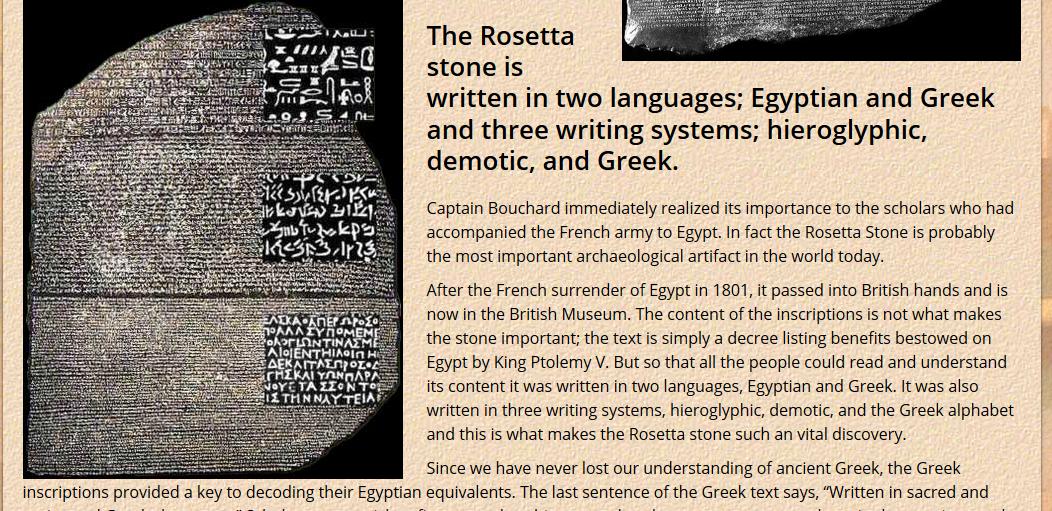
The Greeks caught up in their lies. On Rosetta Stone, there are 3 texts, no 2, such
they lie, which are
recorded in the picture:
 1
- texts is Egyptian hieroglyphs and Egyptian language, 1
- texts is Egyptian hieroglyphs and Egyptian language,
 2
- texts is the alphabet ''lines
and sketches'' - demotic
alphabet and it's in Makedonian language
with
makedonian phonetic pronunciations, for that the Greeks do not understand
the Makedonian language. 2
- texts is the alphabet ''lines
and sketches'' - demotic
alphabet and it's in Makedonian language
with
makedonian phonetic pronunciations, for that the Greeks do not understand
the Makedonian language.
 3 - texts is "koini'" the alphabet (Makedonians used that letter "koini" 100 years before the ancients Adzeians (Danai's) - but in ancients Danai language, not
''greek'', the ''greeks'' and ''greek'' language, then it did not exist. 3 - texts is "koini'" the alphabet (Makedonians used that letter "koini" 100 years before the ancients Adzeians (Danai's) - but in ancients Danai language, not
''greek'', the ''greeks'' and ''greek'' language, then it did not exist.
The Greek language of today is different from the ancient Danai language, today's Greeks to interpret the ancients Danai language it should study, from the beginning.
The stone inscription
speaks of some laws of Egypt's in the time of
Pharaohs, of the family of Ptolemy
5 of Arakleon (Heraclea) - near Bitola, today
in the Republic of Macedonia,
in 3 languages: ancient
Egyptian, ancient Мakedonian,
( ancient makedonians and odiern modern makedonian lenguege it's
with the seme phonetic pronunciations)
and ancient Danai language.
The Ptolemaioys (Ptolemys) in Egypt were rulers not only of the Egyptians (Copts) and Makedonians, but also of the Danai's. All of the Ptolemaioys ruling dinasty presented themselves in the Egyptian (Coptic) language, to the Makedonians they presented themselves in the Makedonian language, the Rosetta Stone is proof, and to the Danai's they also presented themselves in the Danai'n language. This board below is nothing but a "presentation ticket" to explain to the Danai's who the Ptolemaioys (Ptolemys) are:
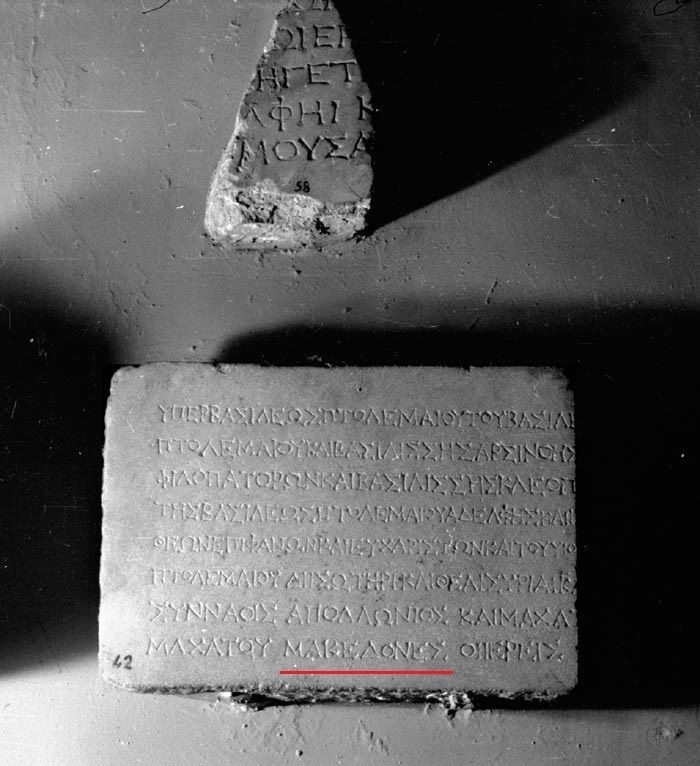
This inscription tells to the Danai's of Upper Egypt who are the Ptolemaioys (Ptolemys) - Makedonians
THE THIRD TEXT OF THE ROSETTA STONE

THE THIRD TEXT was intended for the Danai inhabited by the Pharaoh in Upper Egypt, as mercenaries in his army, is in the language of the Danai, but here too we find Makedonian words, proof that the Adzenians (Danai's) were assimilated Pelasgians - the wites.
Besides the Makedonian titles, words for ruler, such as: vasileon - king of kings , vasileos - king, vasilitsas - queen, etc., we find other Makedonian words.
Some examples:
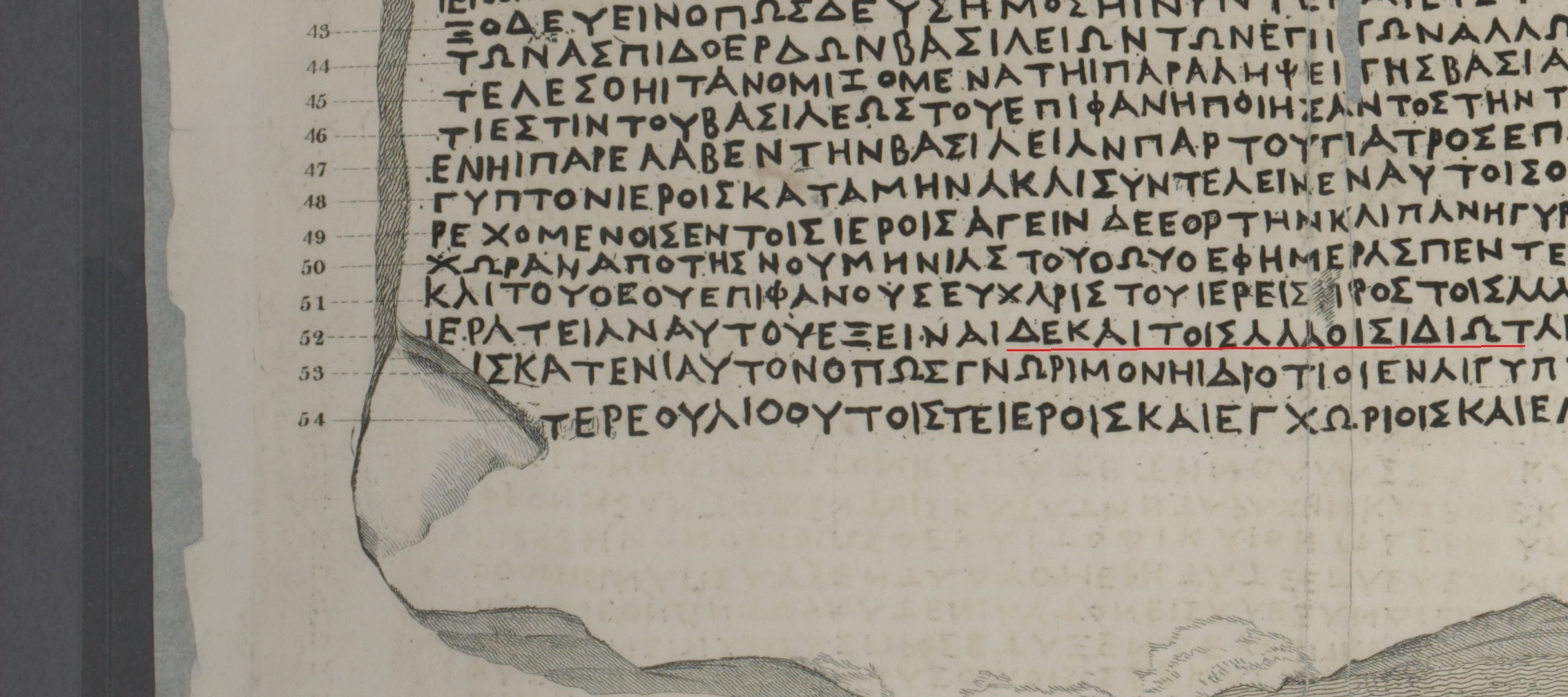 
So on the 52nd line, from the third text, which is intended for the Danai, we find a whole sentence of Makedonian words: ''A I DEKA I TOI'' - and that he too.
TRANSLATION OF THE DANAI TEXT
Translation and interpretation of the third text intended for the Danais:
 
On the 9nd line we find the nouns words: ''V-A-SILEOS PTOLEM-A-IOY'' - Your light Ptolemaioy, the title and name of the ruler - Your light - vasileos - vas - your - the god of the sun Ile os - light.
 ''V-A-SILISS-A-S A-RSINO-A-S, AR SINOA S - land daughter '', the title and name of the ruler's mother, Vasilitsas - Your light Arsinoas. ''V-A-SILISS-A-S A-RSINO-A-S, AR SINOA S - land daughter '', the title and name of the ruler's mother, Vasilitsas - Your light Arsinoas.
 
On the 54nd line we find the words: ''HORIO IS KAI ELA A NIKO IS GRAMMA SIN'' - VILLAGE IS FROM COME (Adzena (Danai's), The Peninsula Adzenika) FOR VICTORY IS LETTER OF SIGN.
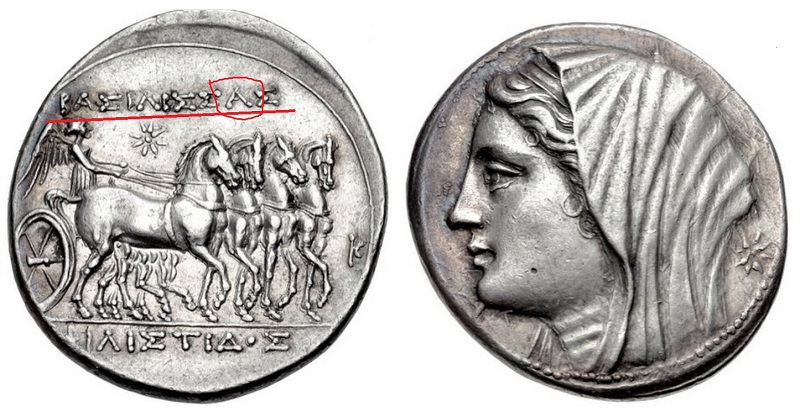 This is just to prove that the letter ''eta - H'', in alphabet ''KOINON MAKEDONON'' is read as ''A'', a, like America, not as the Greeks read ''I'', i like Italy. VASILITS-A-S FILISTIDOS, Sicily Makedonian state in 215 BC. This is just to prove that the letter ''eta - H'', in alphabet ''KOINON MAKEDONON'' is read as ''A'', a, like America, not as the Greeks read ''I'', i like Italy. VASILITS-A-S FILISTIDOS, Sicily Makedonian state in 215 BC.
*** ''SS''=TS in th alphabet ''KOINON MAKEDONON''.
 VASILITSAS KLEOPATRA (your light Kleopatra) in Makedonian. VASILITSAS KLEOPATRA (your light Kleopatra) in Makedonian.
The Greeks probably from the words:  ''ЕLА А NIКО'' - ''ELA'' - come, ''A'' - for, ''NIKO'' - victory, fantasize romantically, that was their name, BUT THE NAME WAS TO THEM, TO THE DANAI'S not to the Greeks. ''ЕLА А NIКО'' - ''ELA'' - come, ''A'' - for, ''NIKO'' - victory, fantasize romantically, that was their name, BUT THE NAME WAS TO THEM, TO THE DANAI'S not to the Greeks.
 - ''A''- - is a mistake, is a typo of the writers, there are many mistakes on the stone, here is another example: 49 line: - ''A''- - is a mistake, is a typo of the writers, there are many mistakes on the stone, here is another example: 49 line:  - V(A)SILEI PTOLEM(A)IOI O and a number of other examples. - V(A)SILEI PTOLEM(A)IOI O and a number of other examples.
The Greeks have nothing to do with the Danai, they just fantasize romantically.
The base of the word - ''ELLAS'' is ''ЕLА'' - come, means: newcomers, resettled, settled, that's their name.
Ptolemaoy Fifth inhabited the Danai to serve as a mercenaries in Egypt, base they are recruited from Adzena (Danai's). Because the Makedonian families were in a civil war, precisely Antiohon First and Philippoy Fifth wanted to exploit and conquer territories from Ptolemaoy Fifth, who was a child at that time, his officers recruited the Danai from Adzena (Danai's), The Peninsula Adzenika, ''HORIO IS KAI ELA A NIKO IS GRAMMA SIN'' - VILLAGE IS FROM COME FOR VICTORY IS LETTER OF SIGN''. Why the Danai's did not like the Makedonians, so they were sure that they would not betray.
The Apamea board -
Syria
The
Apamea board
proves that that area was a Makedonian
colony, the language is Makedonian with Roman - Latin expressions.
The
alphabet
''koini'', the
Makedonians use 100 years before the Adzena (Danai's).
Although today's Greeks use the letter
"koini",
it is different from the ancient Makedonian
alphabet
''koini'',
with at least 5 or more different letters.
To add to say that our Makedonian language is NOT Greek and they DON'T understand us.
In
the Apanea board the language
written
absolutely
is not Greek
language,
the translated text who the greeks they present is fictional.
Unlike ''lines
and sketches'' - demotic
alphabet
which the Makedonians used them as an encrypted
alphabet, including for military purposes,
the
alphabet
''koini'',
is easier to decrypt. The board is important for us
Makedonians because there is one
other evidence who proves that
"antique" Makedonians and the present spoke the same language as today's.
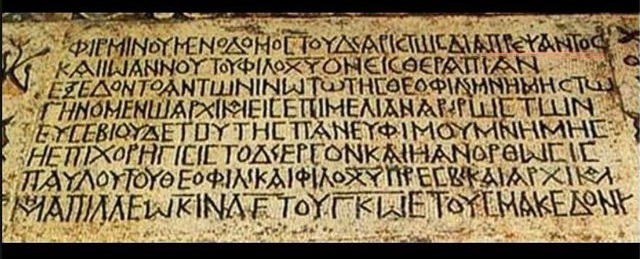
The Apamea board clearly says that
Syria was also a
Makedonian colony in 511 AC. The last 2 words,
from the board from the left, ''TOY
S MAKEDON'' - HI IS WITH MAKEDONIA,
literally. The board,
the language written,
is in the alphabet ''koine'', is a little to
the Latin language (Roman), and
rest to the Makedonian language, absolutely
not Greek language.
1.-
FIRMI NOY MENO DOMO STOY D'AR ISTOS DIA
PREGANTOS
ФИРМИ НОЈ МЕНО ДОМО СТОЈ Д'АР ИСТOC ДИА ПРЕГАНТОС
2. - 211 V ANNOY TOY
FILOHYON E I SOS RAPIAN
THIS YEAR
THAT FILOHYON IT'S AND
WITH RAPIAN
277 B AННОЈ ТОЈ ФИЛОХJОН
Е И СОС РАПИАН
277 - ТА ГОДИНА ТОЈ ФИЛОХЈОН
Е И СО РАПИАН
3. - E ZEDON TOANTONINO TS TESO E OFILSMN EN ES TO
IS EMPEROR COSTANTINO
HIS ALLY AND HE IS THEM
Е
ЗЕДОН
ТОАНТOНИHO
ТC ТEСО
Е
ОФИЛSМН
EМ EС ТO
Е
ИМПЕРАТОР
КОСТАНТИН
ТОЈ
СО
НЕГО
Е
СОЈУЗНИК
И ТОЈ
ИСТО
4. - GENO MENO ARHIMEIS E PIMELIANA
RIRO S TON
ГEHО
МЕНO
АРХИМЕИС
Е
ПИМЕЛИАНА
РИРO
С ТOН
5. - EY SEVIOY DE TOY TES PANEY FIMOY MN
EM ES
ЕЈ СЕВИОЈ ДЕ ТОЈ ТEС ПАНЕЈ ФИМОЈ МН EМ EС
6.- A EPI HOREGIS ISTO DHERGONKA I NANO
RTHOSIS
A ЕПИ ХОРEГИС ИСТО ЏЕРГОНКА И НАНО РTXOСИС
7. - PAY LOY TOYO THEOFIL'KA I FILOHY PRESVA'KA I ARHIKOL
IN THE MONTH OF JULY THEOFIL'KA I FILOHY
MOTHER OF THE BRIDE AND ARHIKOL
ПАЈ ЛОЈ ТОЈО TXЕОФИЛЌА И ФИЛОХJ ПРЕ СВЌА И АРХИКОЛ
ВО МЕСЕЦ ЈУЛИ ТИЕ TXЕОФИЛЌА И ФИЛОХJ ПРЕ СВAЌА И АРХИКОЛ
8. - MnA PIL LEO KIN LF TOY 328 E TOY S MAKEDON
SPEAKING AS A LION HE 328 HE IS WITH
MAKEDON(IA)
МHА ПИЛ ЛЕO КИН ЛФ ТОЈ 328 Е ТОJ С МАКЕДОН
НА ЗБОР КАКО ОД ЛАВ ТОЈ 328 Е ТОЈ СО МАКЕДОНИЈА
The text of the mosaic is made by order of the nobleman
Filohy, in honor of Emperor Constantine the Great, 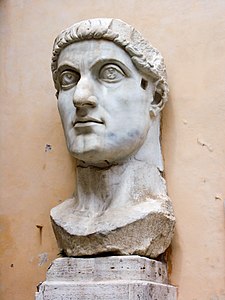 who took the power in 324 AC, feom the emperor Flavio Valerio Liciniano who took the power in 324 AC, feom the emperor Flavio Valerio Liciniano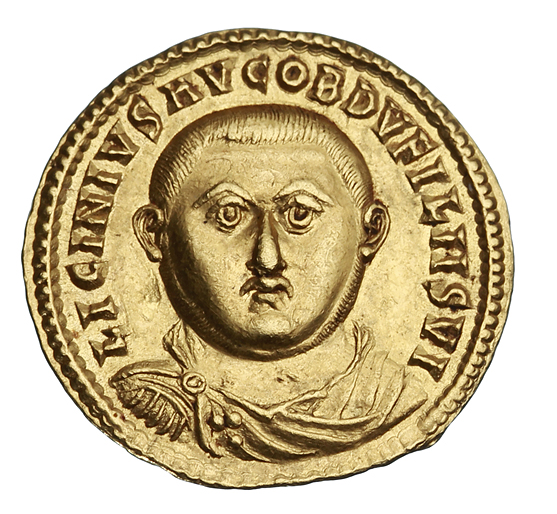 , after a civil war. The rest talks about nobleman
Philoy, his family, his children, his wedding and his career on the second
line, that he was in alliance with Rapian. , after a civil war. The rest talks about nobleman
Philoy, his family, his children, his wedding and his career on the second
line, that he was in alliance with Rapian.
THIS INSCRIPTION ASSOCIATE AND SOME OTHER THEORY,
supported by many historians from Makedonia,
And that's it, the Emperor Kostanin the Great was a Makedonian,
WE KNOW THAT HE VWAS BORN TO NISH, and the EASTERN ROME KINGDOM, in fact, is, МАКЕDONIAN
KINGDOM.
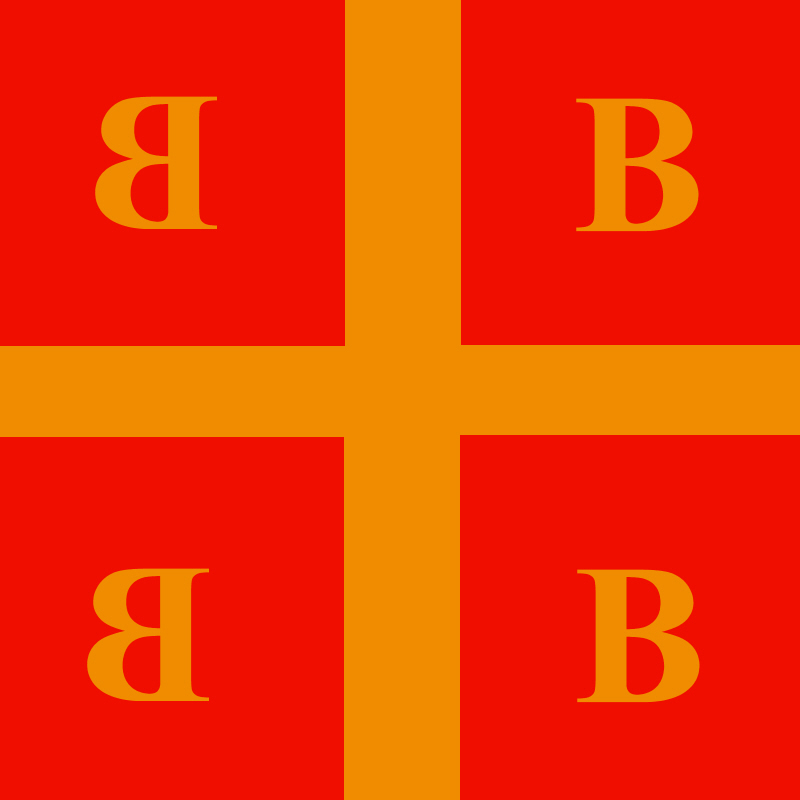
''
Vasileos Vasileon, Vasileuon
Vasileondon '' - King
of Kings, KINGDOM OF
KINGDOMS.
МАКЕDONON
VASILEONDON МАКЕDONIA
(THE KINGDOM OF THE KINGDOMS
-
МАКDONIA EMPIRE)
Аlexandroy
Мakedonin declared himself in, ''VASILEON'' -
KING OF KINGS, VASILEON
МАКЕDONON
ALEXANDROY. (VAS -
ILE - ON --- YOUR GOD OF THE SUN
ILE IS HE).
The
mixture of the Roman - Latin and Makedonian language is clearly seen.
In Time of Seleukoy, Phenicia, Syria and Cilicia, They have become Makedonian colonies.
Except in the biography of Seleukoy,
Makedonian general, after king, that here also another proof, where the Macedonian colonies were:
''Mark
Antony and Cleopatra' -
Plutarch, who writes:
“...
Two golden thrones were placed
on a silver platform. One was
for him (Mark
Antony)
and the other for Cleopatra.
Eventually their legs were set
lower thrones for their children.
He declared Cleopatra as ruler
of Egypt, Cyprus, Libya and part
of Syria. He declared the ruler
that he would rule with her
declared Caesarion (Ptolemy 15),
the prominent son of the
previous Caesar, who left
Cleopatra with a child.
His sons from Cleopatra were
declared King of Kings (the
title of Vasileon Makedonon
Alexandroy, their
great-grandfather). To Alexander
he gave Frgia and Media
together with Partia, as soon as
it was occupied.
To Ptolemy he gave Phenicia, Syria
and Cilicia. (This shows that
this was Makedonian colonies)
Alexander was brought before the
people in a costume of Media,
with a diadem with the upper
vertical part, while Ptolemy
carried his boots, a cape and a
Makedonian cap covered by
a diadem, which, according to
the custom, was carried by the
heirs by Vasileon Makedonon
Alexandroy, ... And when they
greeted their parents, one was
received by the Makedonian
guards and the other by the
Medians and Frgian guards.
Cleopatra then, like the
previous times in which she
appeared at the people, was
dressed like the goddess Isis
and presented to the people as
New Isis”.
(''
Life of Antony
'' - Plutarch).
The Apanea board -
Syria
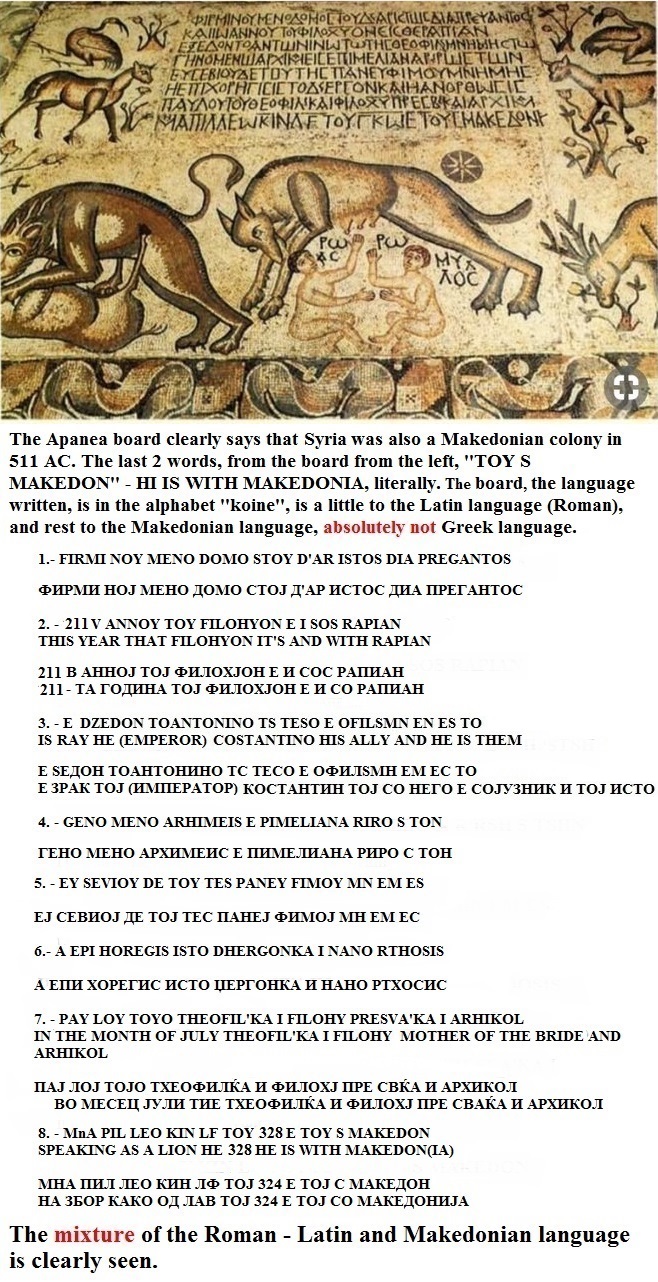

Copyright © Makedonia is ALL ☼ MAKEDONIAeSE.com ☼ All rights reserved
Copyright ©
Makedonia is ALL ☼ MAKEDONIAeSE.com ☼ All rights reserved
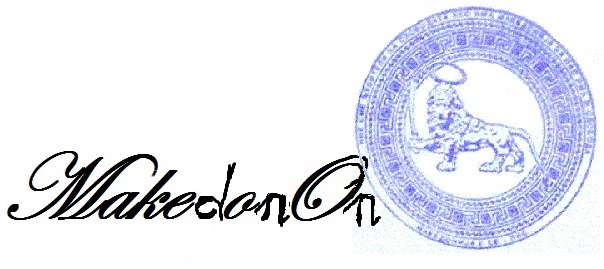
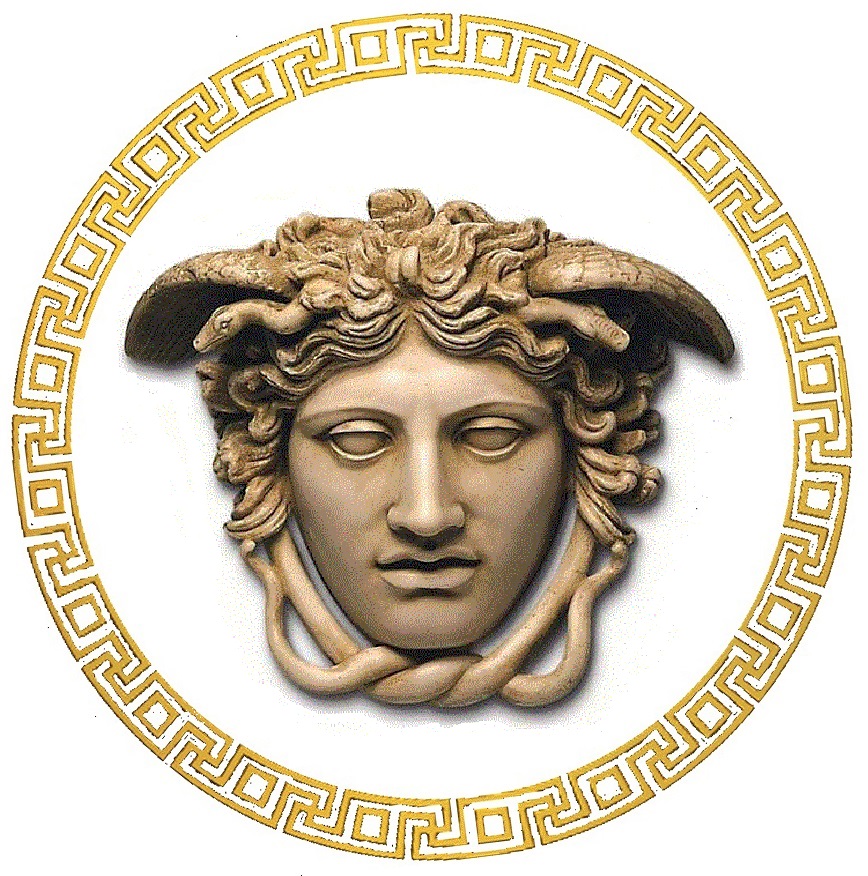

  
Vasileon
Makedonon Alexandroy gave it the world to the
Makedonians, and they how returned it to him,.. they
poisoned him, destroyed his family,... and
today instead Makedonon (he is the
Makedon) erase
his real name call
it ''veliki'' or ''the great'', while
the state of Latin they
call it ''Мacedonia- Matzedonia'' - name
that foreigners have given them, and
they do not understand it and do not
understand it ,.. and
yes I
would forget,... they permit someone else to choose her name of the state.
Will
anyone be found to "fix" things?
'' ,.. THE
LION'S SKIN OF BLOOD, IT WILL BE ROTTEN
BY BLOOD AND WILL BE DO IT IN PIECES.
HOW
MANY GIANTS, THEY WILL BE MADE BY SELFE DWARFS, SO
MANY THIEVES, WHAT
THEY WILL STOLE AND
THEY WILL SPOIL IT THE
LION'S SKIN.
EVERYONE
WILL WANTED HER, EVERYONE WILL SHE HER CRUSHED IT, A STUPID FROM BIRTH WILL
DEMAND IT FOR HER.
THE
PURPLE WILL RIP AND MAKE A DIRTY OF BLOOD AND
MUD.
A SHAMELESS ARMY WILL CRUSHED IT THE CULTURED
MAN AND
WOMAN FOR SHAME.
TO THE THE POPE WILL BE GIVEN THE PURPLE FOR
LYING.
THE CHILDREN OF THE WOMAN WILL BE KILL AND
WILL BE GRILLED.
THE
SON OF THE MOON WILL LAUGH AND THEY WILL LAUGH
NEXT TO HIM.
THEY
WILL PRAY AND CRY, WITH
HIS FATHER'S KNIFE, WHAT
IS LEFT FOR HIM, WILL
WAVE IN THE DARKNESS.
THIRTY
AND SEVEN DAYS WILL PASS WHEN
THE MOON VISION WILL BE EXTINGUISHED AND THE PURPLE WHO PASSED THE
BLUE SEEN IN THE SKY, WILL RETURN AND HE WILL THRONE FOR THE
CENTURY.
ROTTEN BY FIRE, THE CHILDREN OF THE GREAT MOTHER (
THE CHILDREN OF THE WOMAN), THEY
WILL CLEAN THE SICK WIND.
WHY
1000 YEARS ARE LIKE YESTERDAY. HERE
ARE THE SAME REPETITIONS OF THE TIME PASSING,
AND REMAIN YOU, LIKE PHOENIX REPEATED FROM ASH, AS SPIRIT AND AS REASON TRUE IN THE DISTANCE....''
|

On day
03 / Ma / 2009, is constructed the web page
of Makedonia is ALL: http://www.makedonijaese.com/.
That day is considered the organization's birthday of Makedonia is ALL.
On day 16 / Dzustar / 2016, is constructed the reserve web page
of Makedonia is ALL : http://www.makedoniaese.com/.

And at the beginning of construction of the web page
of Makedonia is ALL, because it talks about the True History of Makedonia with historical facts, but also current political events, BECOME A THORN in the eyes of all the enemies of the Makedonian State, but also a thorn in the eyes of some political organizations in Makedonia.
The web page of Makedonia is ALL, was constructed as a result for the needs of the Makedonian People and others to become familiar with the True Makedonian History, politics and the painful Makedonian issue.
The web page of Makedonia is ALL, is constructed to help preserve Makedonian identity, country, culture, language, right to free speech, thought, movement, coexistence with other national minorities in Macedonia, free expression and encouragement of expression BUTH and nurturing of national identity both in Macedonia and in the world.
|

ГАСНУВА
- АЛЕКСАНДАР
МАКЕДОНСКИ

Наскоро, ПОСЛЕ ПОВЕЌЕ ОД 2200 ГОДИНИ ЌЕ ИМАТЕ МОЖНОСТ ДА ГО ИМАТЕ МАКЕДОНСКОТО СОНЦЕ НА ФИЛИП МАКЕДОНСКИ, СО ПРАВИЛЕН ОБЛИК И ЛИК, ЦЕЛОСНО ИЗРАБОТЕНО ОД УМЕТНИЦИТЕ НА МАКЕДОНИЈА Е СЕ
|
  
 BACИЛEOH BACИЛEOH
КОНТАКТИРАЈТЕ СО МАКЕДОНИЈА Е СЕ
За сите инфомации, контакт е-маил: info@makedonijaese.com
Македонија
е СЕ, се
залага за
нова химна: ''
Земјa Mакедонскa''
|

 
НИЕ СЕ
ДЕФИНИРАМЕ
КАКО
ЉУБИТЕЛИ НА
СЛОБОДАТА
ЗА НАС
МАКЕДОНИЈА Е
СЛОБОДАТА
АКО ИМА
МАКЕДОНИЈА
ЗА НАС
ИМА И СЛОБОДА
Копираит © Македонија е СЕ ☼ MAKEDONIAeSE.com ☼ Сите Права Задржани
Македонија е СЕ ☼ Партија на Народот на Слободата ☼ МС ПНС
Историја на Македонија
МАКЕДОН ИЈА
ΜΑΚΕΔΟΝΙΑ
MAKEDONIA
BACИЛEOH
   МАКЕДОНОН
МАКЕДОНОН

АЛEКCAHДРОЈ
Македонско Име вечно нема да загине.
Глава даваме, Македонија и Mакедонско име не даваме.
Од Македонија и Алекcандрoj Македонон, славeн Василeoн Македон нема да се откажеме.
Cлава македонска ќе повратиме,
Алекcандрoj Македонон славен Василeoн Македон обожaваме,
Македонија, земја нај мила уважуваме.
Малку сме на број, ЕЈ, ХЕЈ,
силни сме во бој, ЕЈ, ХЕЈ.
ЕЈ, Алекcандрoj, OJ, OJ,
ЕЈ, Македонон, OH, OH.
Алекcандрoj Македонон славен Василeoн Македон, нас не предводи.
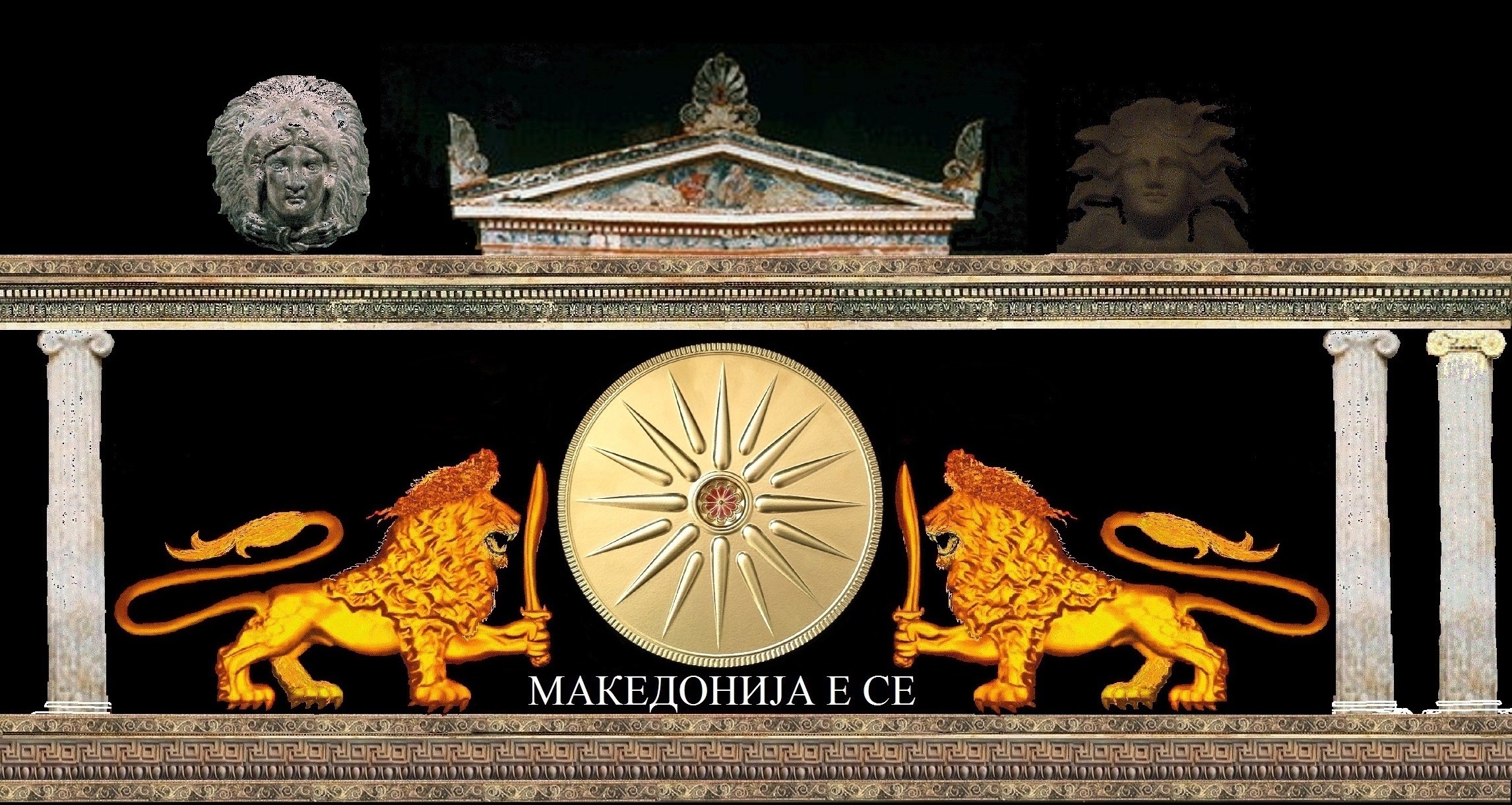
|
|
|


